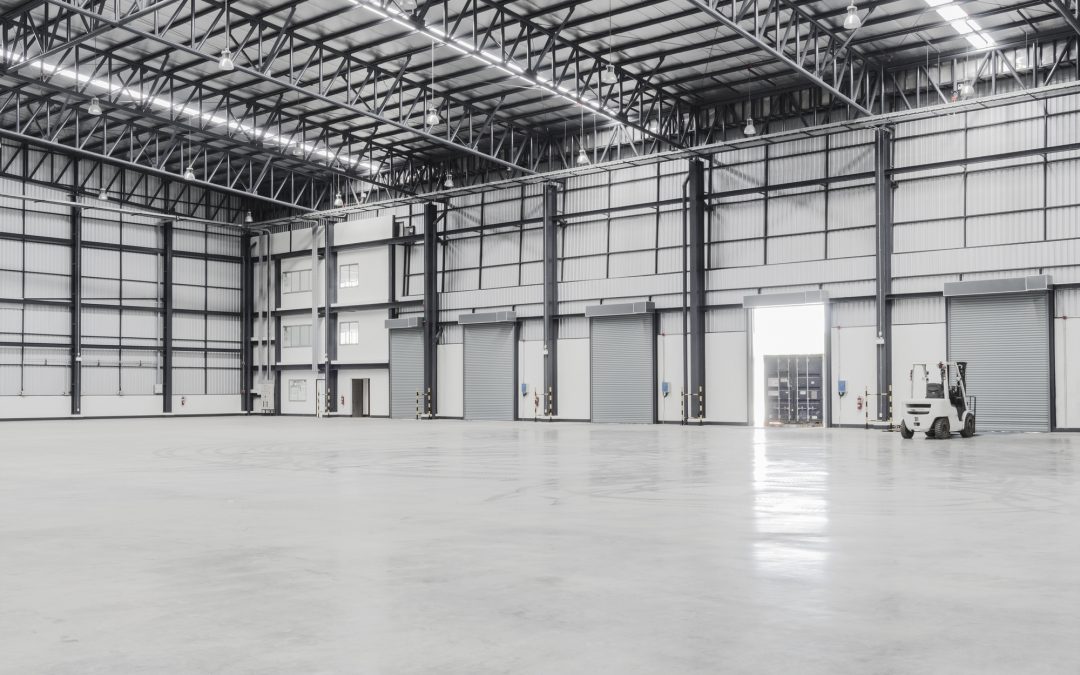The global market size for floor coatings was valued at $8.93 billion in 2020. Demand for floor coatings will grow steadily for the foreseeable future, thanks to increasing awareness of the benefits of these products.
A floor coating is a durable, protective layer usually applied to surfaces that are subject to corrosion and extreme wear. At home, these coatings are usually applied to the garage floor.
Among the most popular floor coating solutions are epoxy floor coatings. These coatings are particularly famous for their sleek appearance, among other benefits.
But epoxy flooring has certain limitations that you need to consider before investing in it. In today’s post, we outline some of the top drawbacks of epoxy floor coatings. We’ll also look at how epoxy compares to other floor coatings, especially polyurea.
1. Epoxy Floor Coatings Have Strong Fumes
While installing an epoxy floor, one of the first things you notice is how strong the smell of the wet coating is. The smell is similar to that of ammonia.
The pungent smell of epoxy does more than just make the application job uncomfortable. It can have side effects that affect your health.
For instance, you may notice inflammation in your eyes, throat, and eyes. Some people also report lung irritation, while people with asthma have trouble breathing. You don’t experience these issues with other coatings, such as polyurea floor coating.
2. Epoxy Coating Takes Long to Harden
Once you’ve installed epoxy flooring, you’ll need to wait for days for it to cure completely. Ideally, the epoxy flooring needs a long duration to dry completely in warm conditions.
Sometimes, an installation takes as much as 30 days to cure fully. That can inconvenience you if you need to use your garage sooner.
Other flooring options take less time to dry and harden. One of the top polyurea benefits is its ability to dry within 4 to 8 hours. In 24 hours, you can drive your car over the flooring.
3. Epoxy Flooring is Only a Temporary Solution
Unlike the name suggests, epoxy flooring is not actually a floor on its own. One needs to install concrete, steel, or wooden flooring first and then add epoxy coating on top. Using epoxy is merely a temporary fix.
As the epoxy coat starts to wear away, you’ll need to install a new one. One of the best ways to avoid frequent replacements of epoxy flooring is by opting for the completely solid option. The product also comes in water-based and solvent-based options, but these two aren’t nearly as sturdy as the solid option.
But even the 100 percent solid epoxy flooring isn’t as durable as the best floor coatings in the market. In particular, polyurea coatings have a much longer lifespan.
4. Epoxy Flooring Chips and Cracks Easily
The top reason you’re choosing a floor coating is that you want to protect your garage flooring. Installing epoxy floor coatings isn’t the best option to help you do so. That’s because epoxy performs poorly in high traffic and impact areas, such as your garage.
After a short time, you’ll start to notice that the surface cracks and chips easily. That means you have to replace the coating frequently, which translates to additional costs over time.
5. Epoxy Flooring Coating Can Be Slippery When Wet
Resinous flooring materials tend to be non-porous, which makes them quite slippery when wet. Epoxy is one of these materials, and it poses the risk of slip and fall accidents to you and your loved ones.
So, how can you mitigate this risk? One way is to use silica sand on the final epoxy coating. Doing so creates resistance and reduces slipperiness.
You can also add an aluminum oxide additive to the epoxy coating. This additive helps increase grip. Another solution is to purchase containment mats.
Of course, all of the measures above mean spending more money. A better solution is to opt for a different floor coating from the start.
6. The Installation Process is Tedious
Another significant setback of epoxy floor coating is the amount of time it takes to complete the installation process. Preparing the floor itself for epoxy coating installation is quite tedious. You have to remove any oils, grease, and solvent from the concrete floor completely before you can apply the epoxy coat.
The installation must follow strict instructions for you to get the desired results. Humidity levels have to be as low as possible, or the moisture will damage the floor. Moreover, you must wait until the floor dries completely or risk having to redo it again.
7. Its Maintenance is Costly
Few floor coatings require as much maintenance as epoxy. You’ll need to purchase special cleaning chemicals. Besides, you need to have proper protective gear when doing repairs or cleaning the floor with these chemicals.
With epoxy flooring, you need to be constantly on the lookout for any chemical spills, including oil, gasoline, and antifreeze. These substances can alter the appearance of your floor unless you clean them quickly.
Where epoxy flooring is installed in a warehouse, extra protection in the form of welding mats may be necessary.
The best garage floor coating should have few maintenance needs. Polyurea, for instance, is much more resistant to abrasions, physical impact, and abrasions.
8. Epoxy Flooring is Cold Under-Feet
Unlike such flooring options as hardwood, epoxy flooring feels cold when you walk on it barefoot. You can solve this problem by installing an underfloor heating system, but that means spending more on power.
Choose the Right Flooring for Your Garage
Epoxy floor coatings may be popular with many homeowners, but that doesn’t mean that they’re perfect. By knowing the weaknesses that come with these coatings, it’s easier to determine whether you still want to go for them or opt for other alternatives.
Are you interested in the ideal flooring coating for your garage? Please, book an appointment with us today to learn about our offers.

